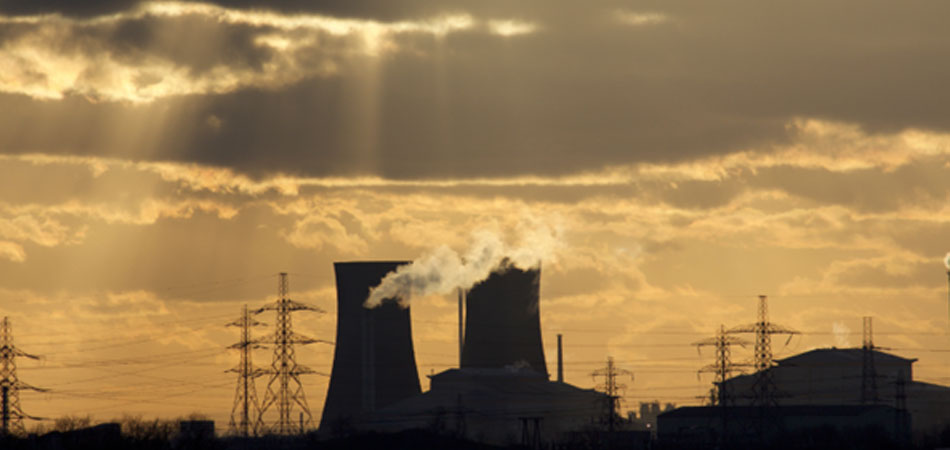
Hydrogen is one of the most promising energy sources for achieving net zero, but high production costs remain a barrier to adoption. This collaborative project involving Teesside University, Durham University, and industrial partners including HydroStar Europe, Glacier Energy and Tees Valley Combined Authority (TVCA), explores how hydrogen production can be made more competitive through innovative use of co-products and advanced compression technologies.
Despite its potential, hydrogen production is expensive across all pathways – blue, green and turquoise. Costs remain high because valuable co-products such as heat, CO2, O2 and carbon are often underutilised. At the same time, hydrogen compression significantly contributes to capital expenses, creating further barriers to scaling up hydrogen for industrial and regional use
This project investigates how co-products from hydrogen production can be mapped to potential end-users across the Tees Valley Industrial Cluster, supporting cost savings, emissions reductions and regional competitiveness. A key element is the design and testing of a metal hydride compressor that repurposes waste heat to compress hydrogen, offering a low-cost, low-carbon alternative. The project brings together academic expertise from Teesside and Durham Universities with the innovation and industrial capabilities of HydroStar Europe, Glacier Energy and the strategic ambitions of TVCA.
By valorising hydrogen co-products and demonstrating the use of waste heat for compression, this project supports the growth of a competitive hydrogen economy. It contributes to industrial decarbonisation, advances the UK’s ambition for the Tees Valley to be the world’s first net zero industrial cluster by 2040, and strengthens the case for integrated plant planning. In line with the Research Excellence Framework, the work delivers real-world impact by advancing sustainable technologies, reducing emissions, and supporting regional economic growth through innovation and clean energy transition.